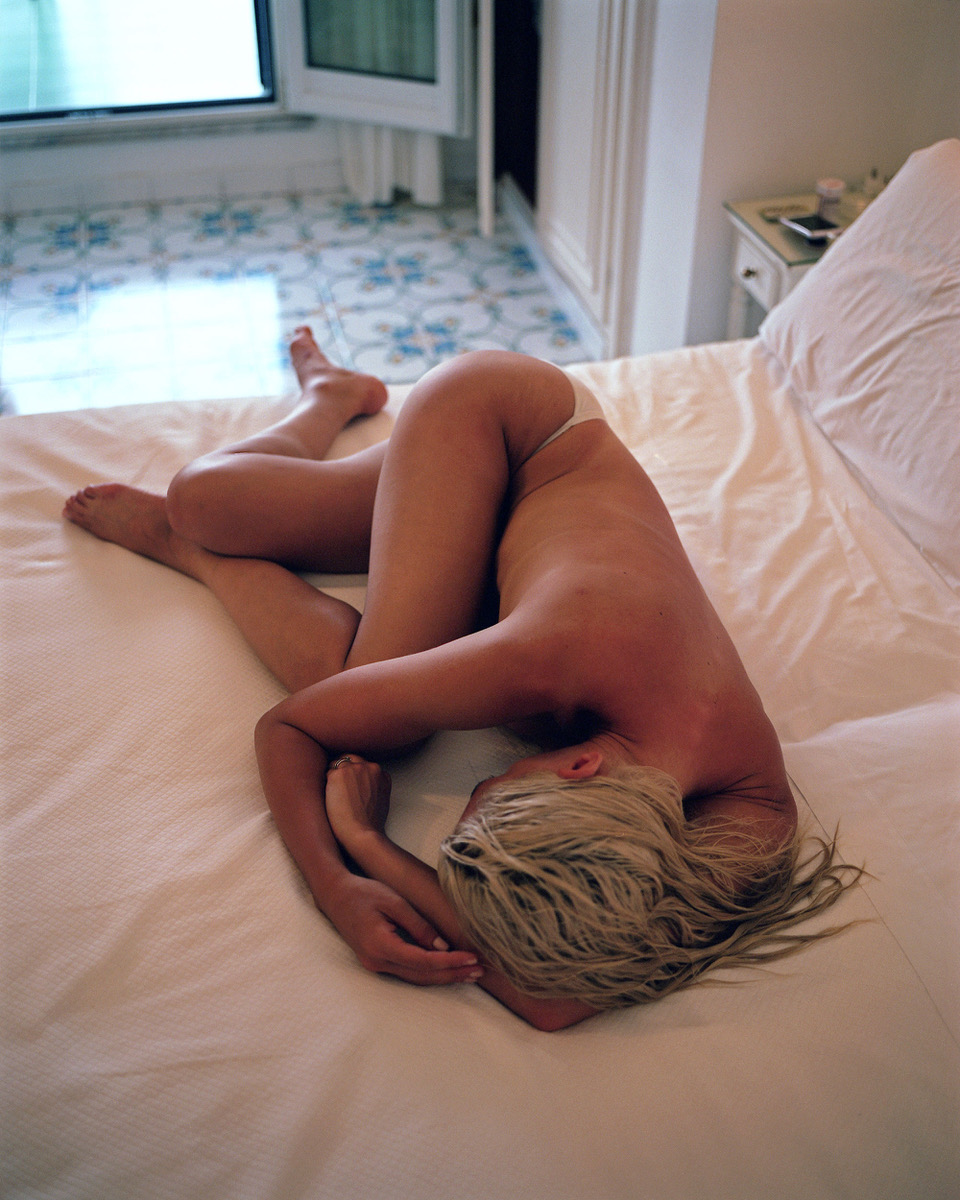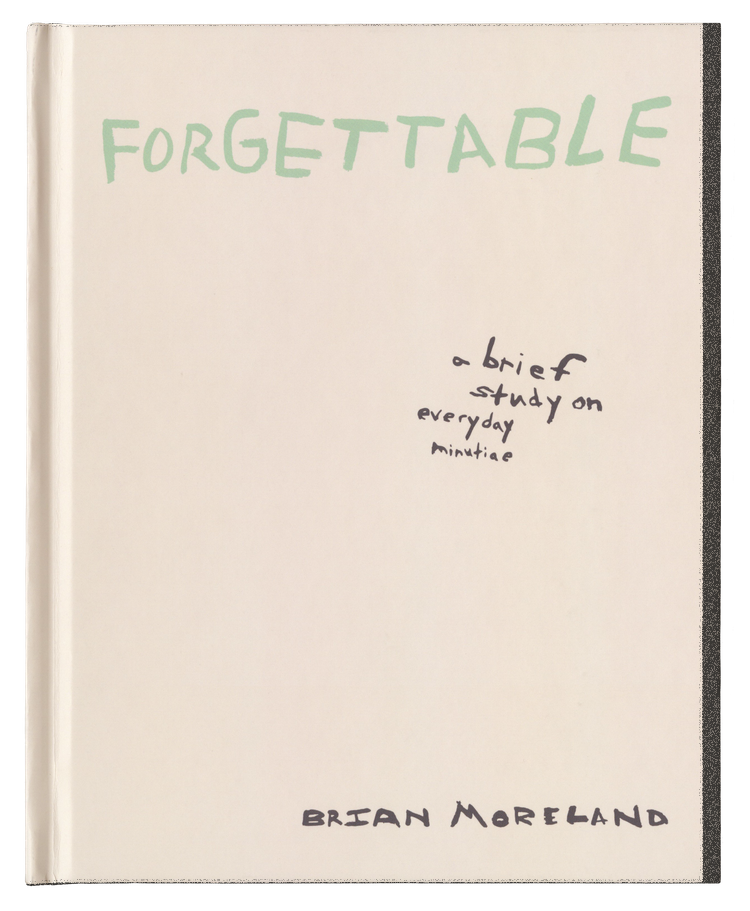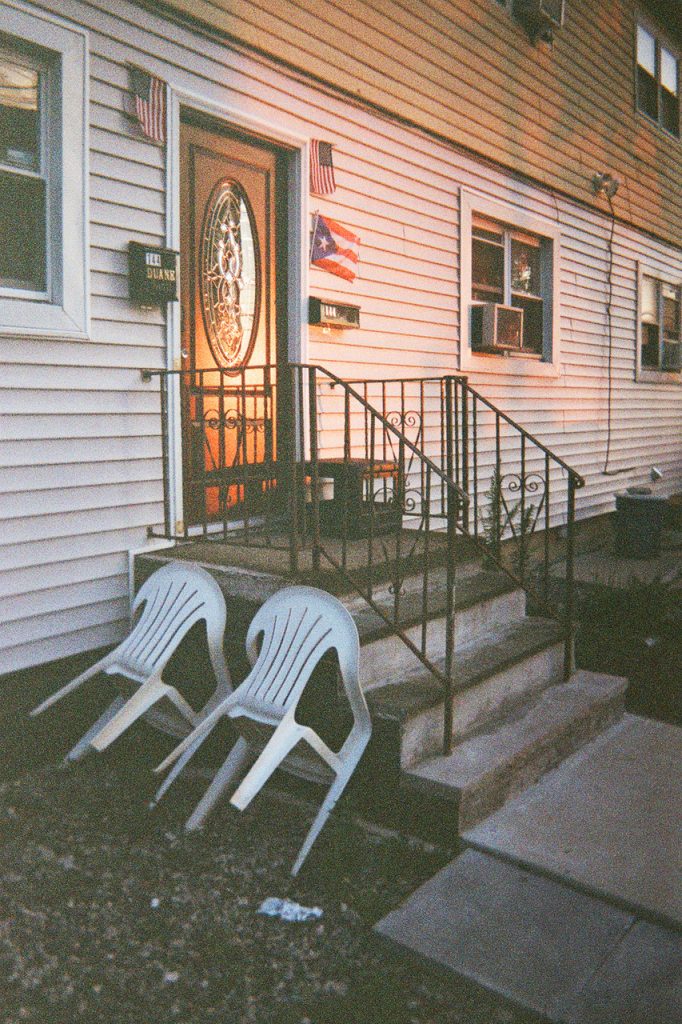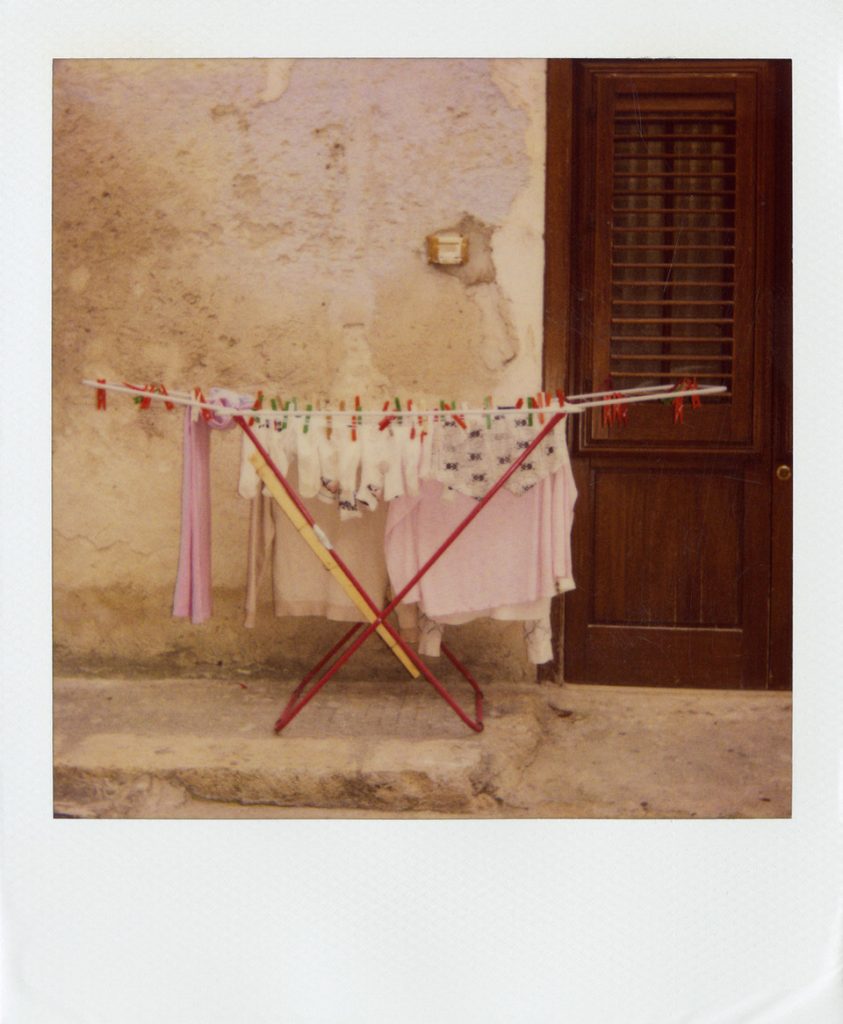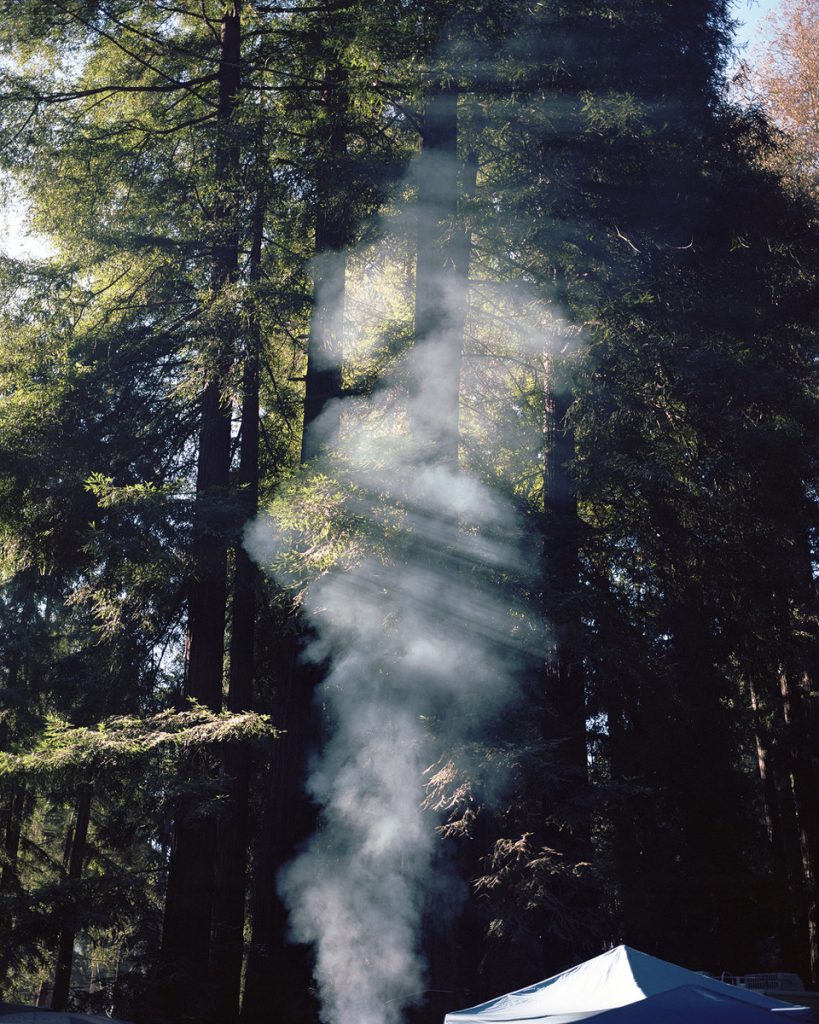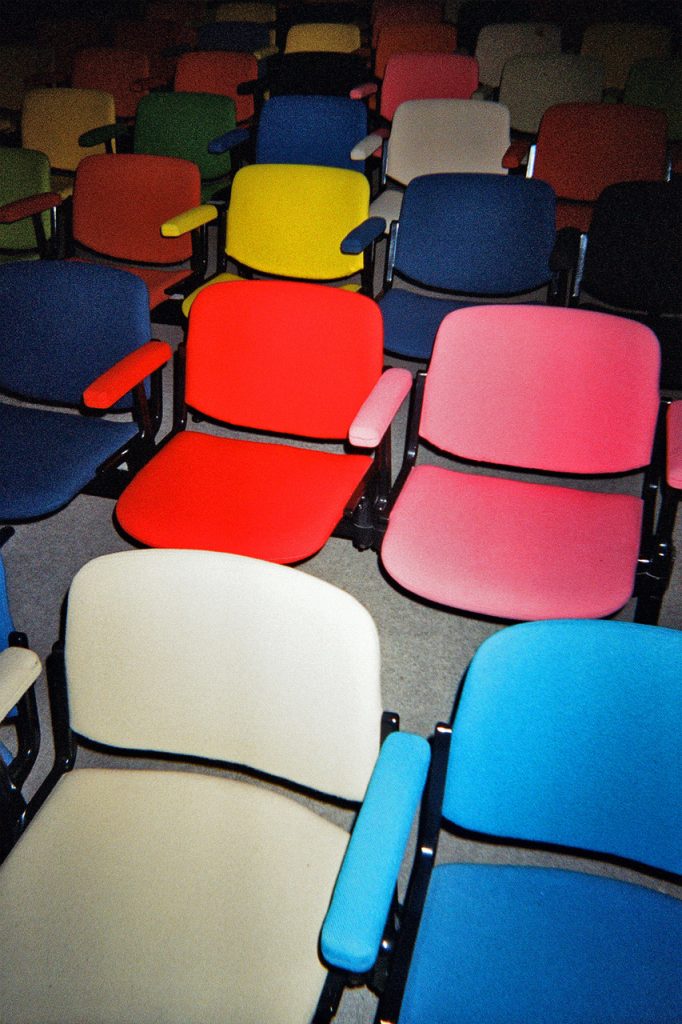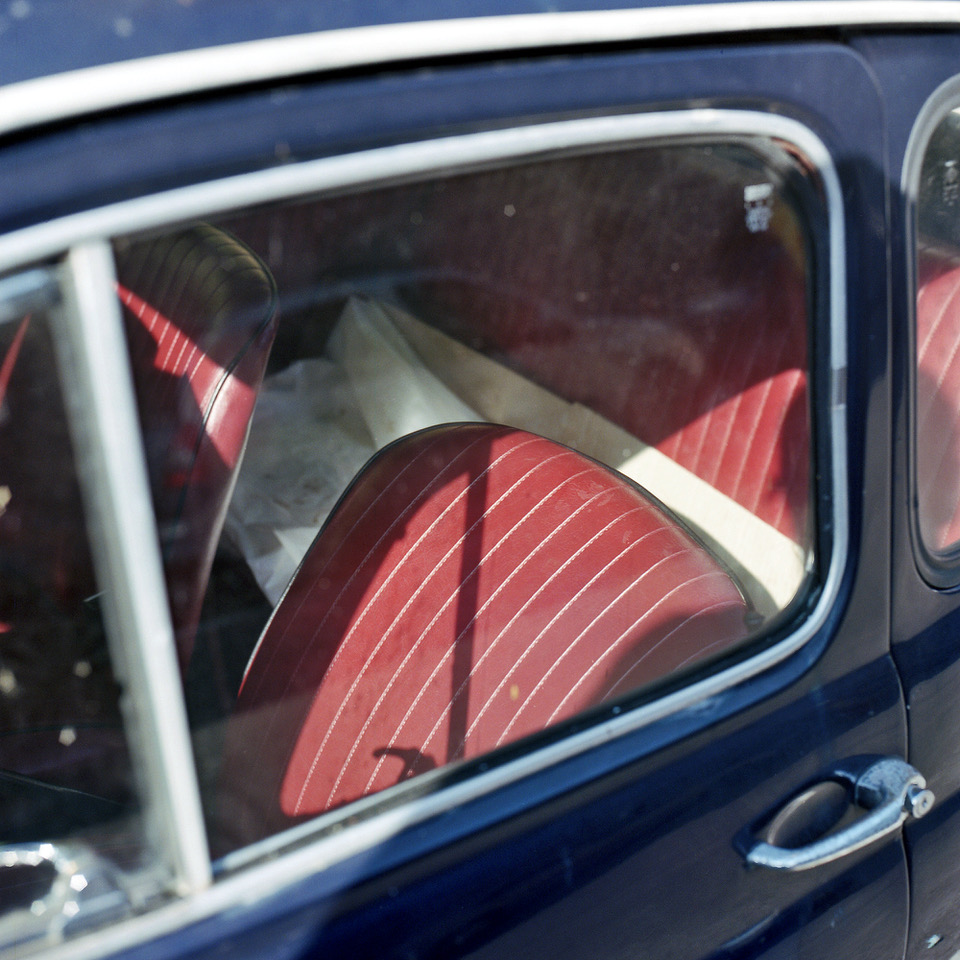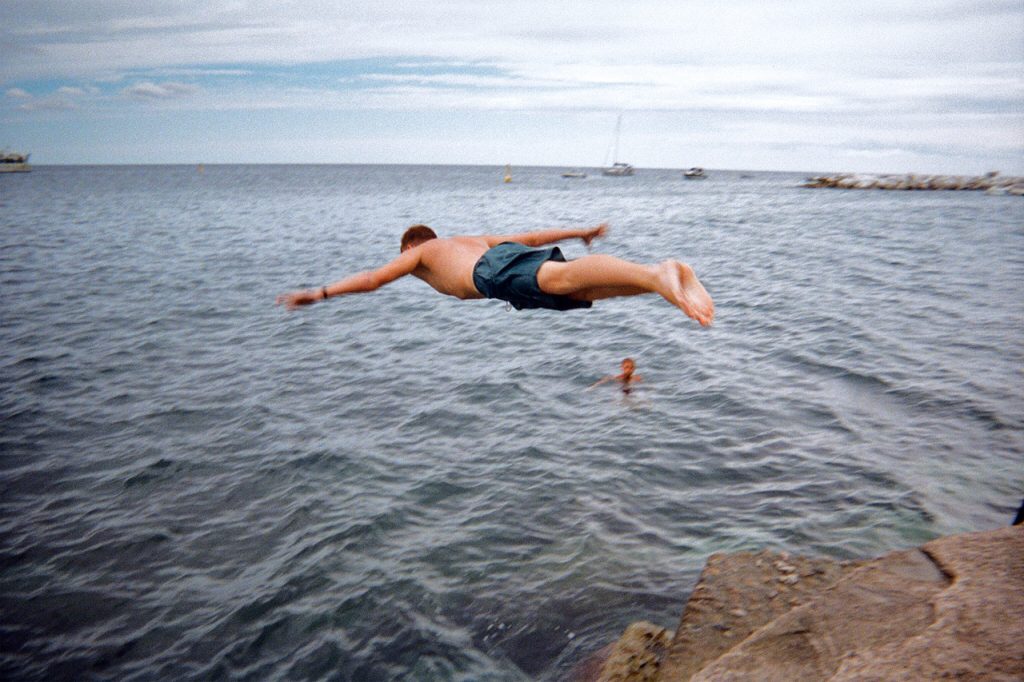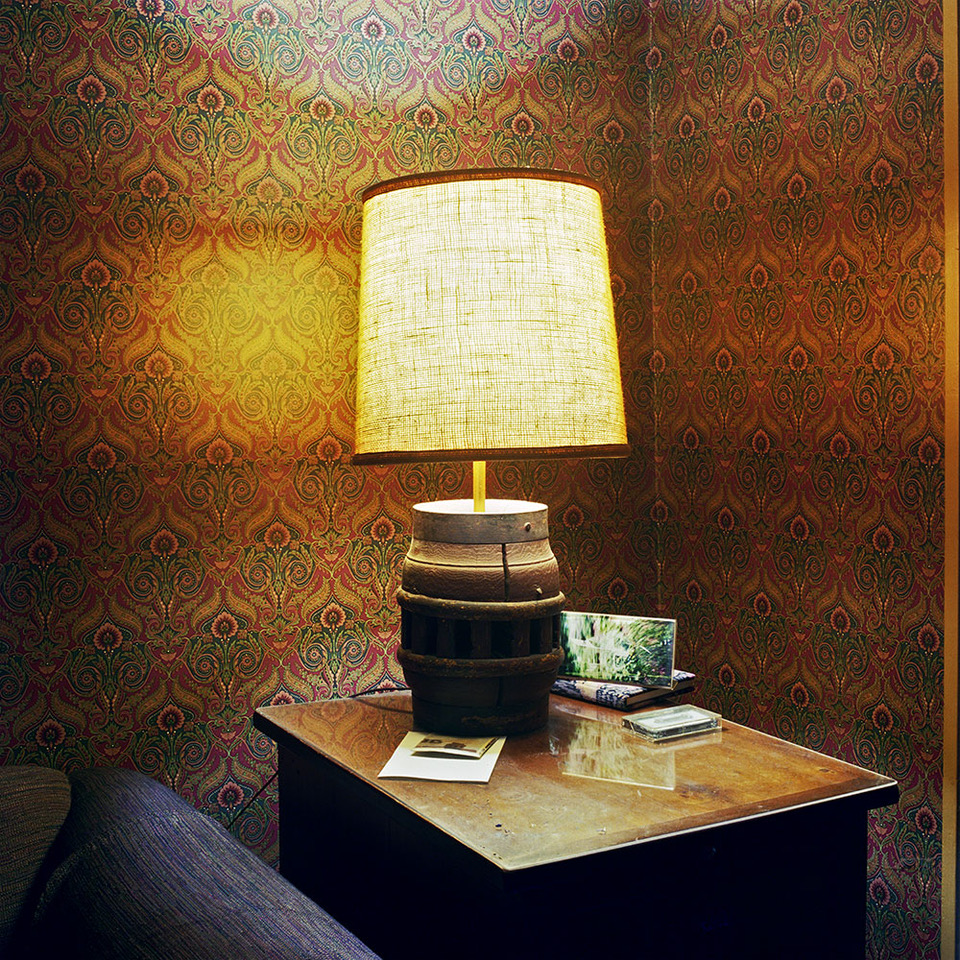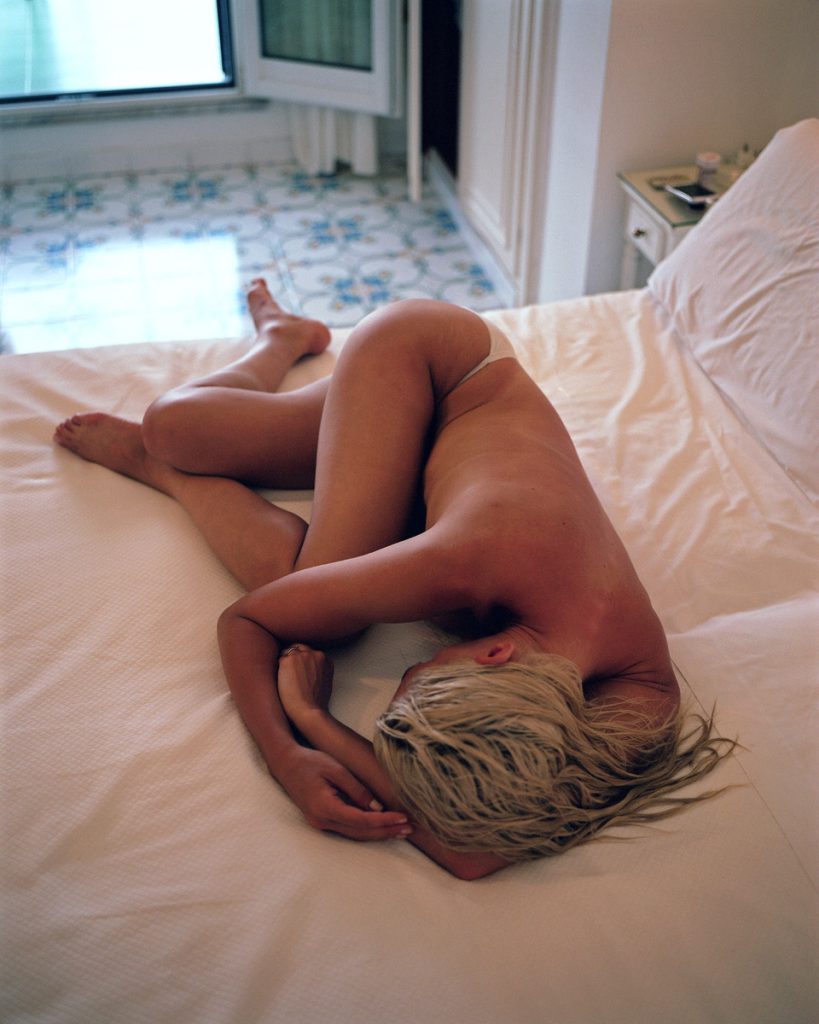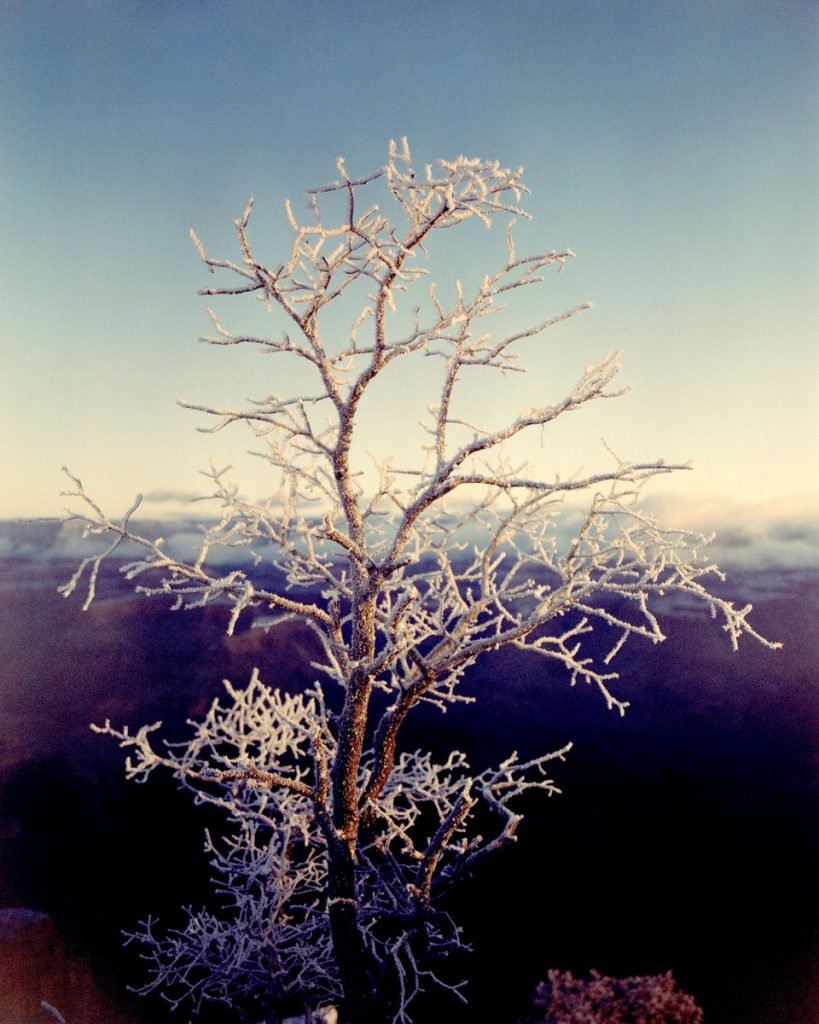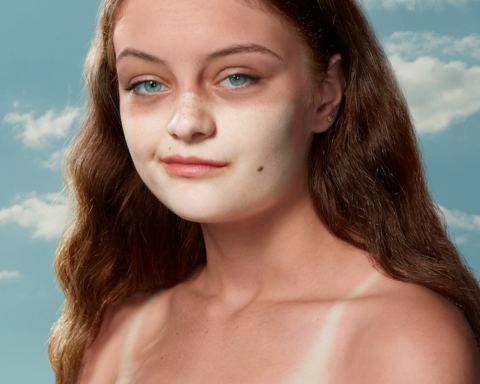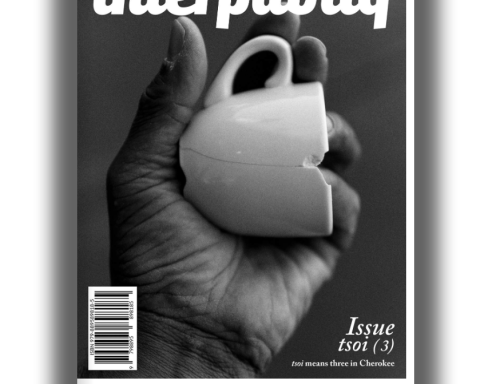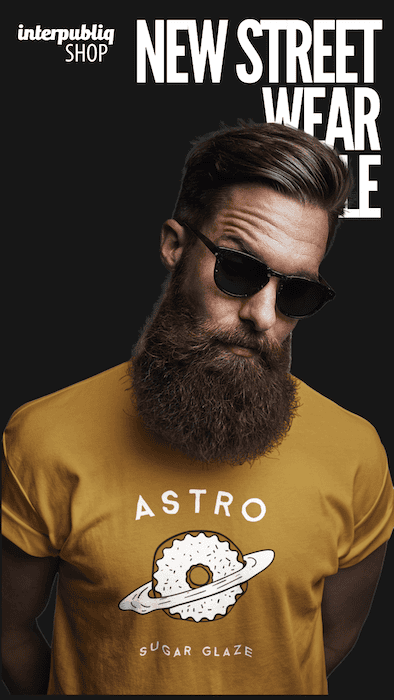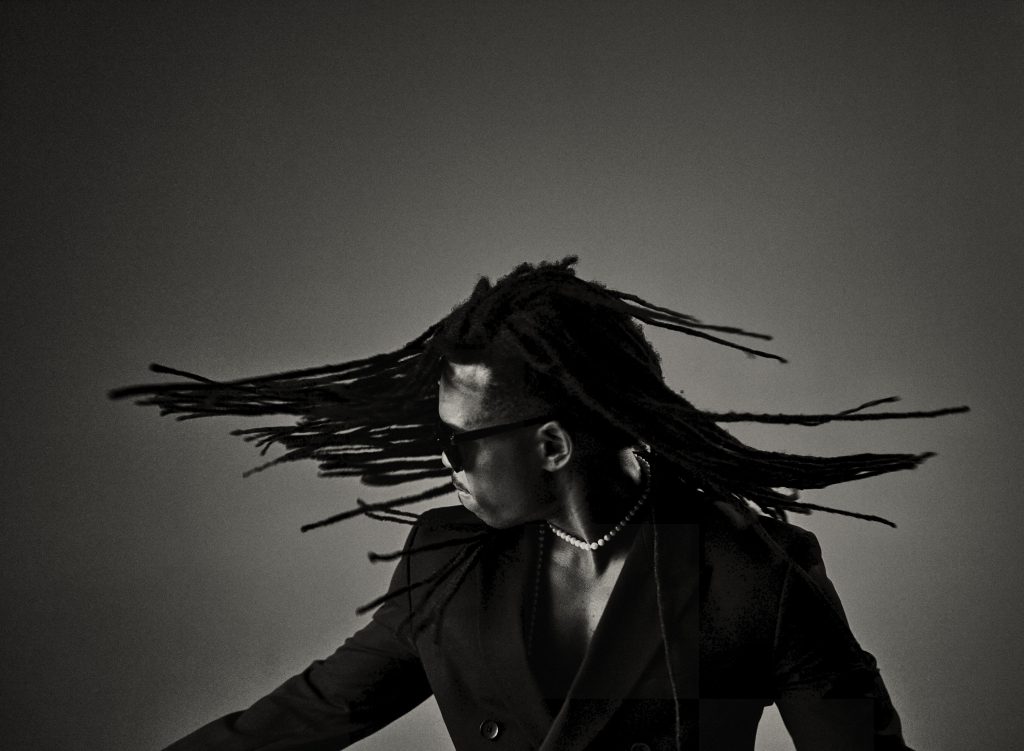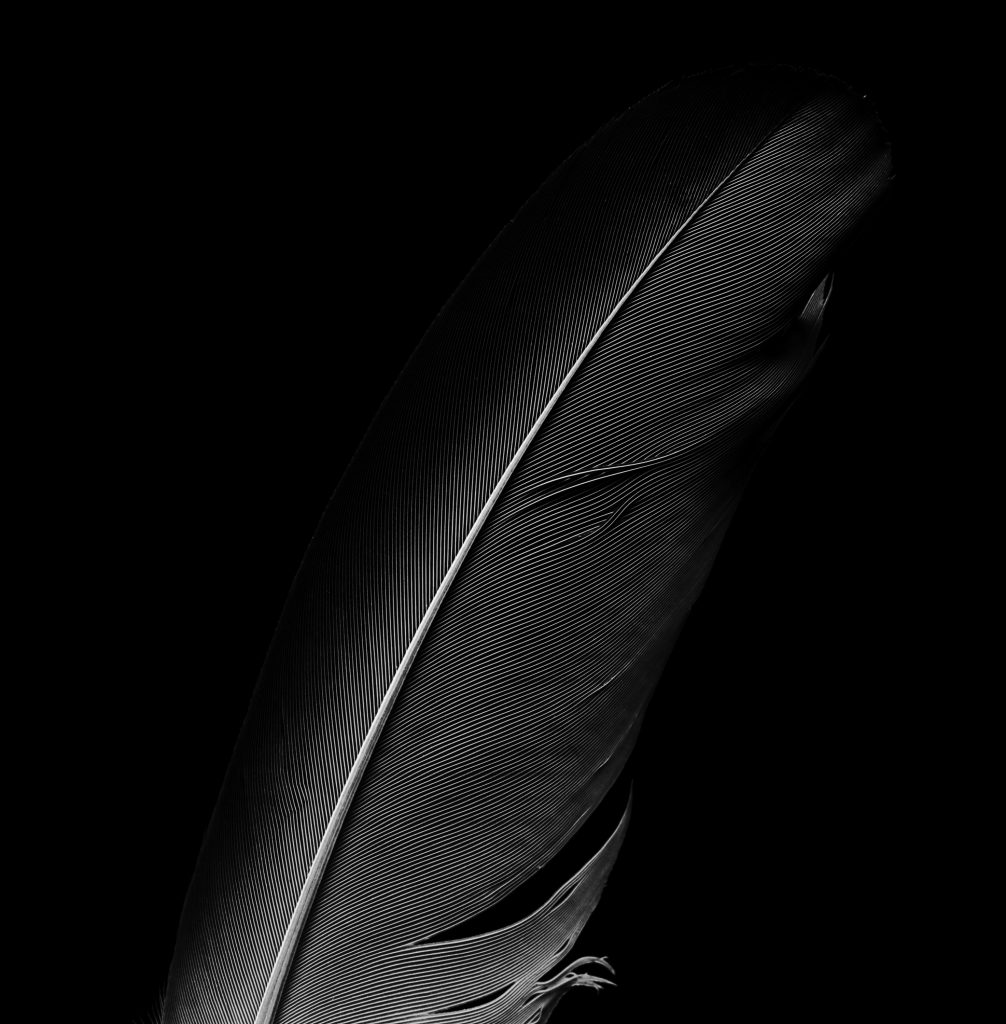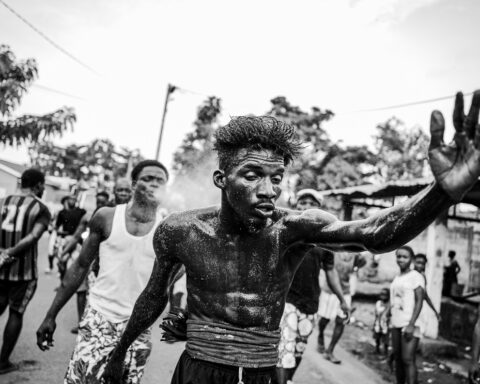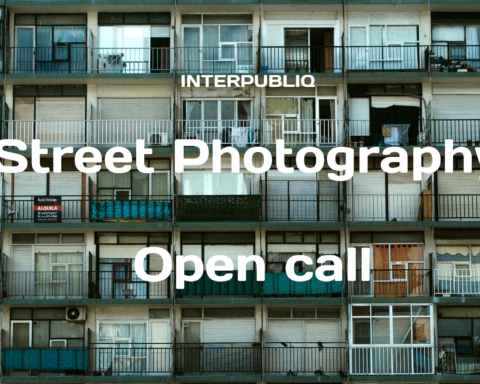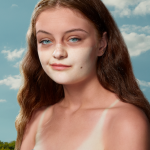Brian’s images feel natural and give the viewer an understanding of how he observes his surroundings. He doesn’t go looking for specific things to record but attempts to find images that exude physical feelings and stimulate thought.
Your work has been described as capturing “nothing in particular.” Can you elaborate on how you find meaning and significance in seemingly everyday or mundane subjects?
I don’t always aim to find meaning in what I’m photographing. If something captures my attention, I want to document it. And sometimes, if it’s something or someone I care about, I want to photograph that as well. It’s got a lot to do with instinct and a feeling that I have when the light or the composition is right.
Your photography often exudes intimacy and a cinematic quality. How do you achieve this distinct aesthetic, especially when shooting on film?
Natural light is a huge factor in my work. While I don’t plan most of my photos, the thing I can plan is the time of day that I like to explore. I prefer driving or walking around just before sunrise or sunset because of the atmospheric lighting. There is a richness in the color and tonality, as well as a grain, that you can only get when shooting on film.
You’ve mentioned that your work is about capturing physical feelings and stimulating thought. Could you describe your process for identifying these moments and translating them into images?
It’s not my process to sit down and calculate when I’m supposed to capture a moment. Sometimes it just falls into place. I don’t really go out and say to myself, “I need to find something that people will connect to.” It’s really things that I am drawn to personally and hope that these moments spark a connection between the viewer and my work.
Many describe your images as both familiar and fresh. How do you balance showcasing the mundane while infusing it with a sense of novelty?
I often photograph things and places that make it hard to tell what year it is. I’m not drawn toward things that will give away a specific time period right when you look at it. Some objects, landmarks, or people will clearly pinpoint the era, like a piece of clothing, maybe a building, but I find myself cropping out very direct clues in my work to make it more enduring for myself. Even with portraits, I take a lot of pictures that are either nudes or just closely abstracted body parts, and in my streetscapes or landscapes, I focus on subjects that feel and look timeless to me.
Could you share an instance where an everyday subject or moment inspired you in a way that led to a significant or unexpected photograph?
When my wife and I went camping in Big Sur back in 2015, I forgot to turn off my alarm, so it woke my wife and I up at 6am. We stepped out of our tent to put our shoes on, only to realize Brittany and I were the only ones up or, at the very least, the only people walking around. There was that noticeable fresh air smell that you just don’t get when you’re in the middle of a city. It was quiet, except for birds whistling. Long shadows were beginning to form as the sun started to rise. The smoke in one of our neighbor’s fire pits drifted into the sky as the rays from the sun passed through the leaves and branches around me. That’s when I took the photo, “Smoke & Light.” (See below)
Your photography seems to evoke a nostalgic sensibility. How do you aim to create connections between the viewer’s personal memories and your captured moments?
I take pictures of things that I connect with and so much of that is the minutiae of life. The reason I think people relate to it is because I’m photographing shared common experiences that people may overlook.
What challenges or opportunities do you encounter when trying to express your individual perspective through seemingly common scenes or objects?
I think the biggest challenge for me is using natural light. That’s one thing that you can’t control. What is it going to do? What are the clouds going to do? Is it a foggy day? Will it rain? If I’m on a roadtrip and I only have a day or two in that place and it’s dimly lit and there’s no sun, that might affect what I photograph. It’s all circumstance. But that’s also the reason why I like photographing. Because it’s constantly changing. That makes it spontaneous. An opportunity is the happenstance of it all. It’s everything coming together at a particular moment that can’t be recreated.
How do you hope viewers interpret or connect with your work, considering its openness to individual interpretation?
I hope it sparks some sort of feeling or memory in people. I hope it changes the way people look at the everyday- making people notice the ordinary surroundings in their own lives.
Could you shed some light on your creative process? Do you plan your shots meticulously or rely more on spontaneous and instinctual moments?
A lot of my work is spontaneous. There might be some posing if I’m photographing a person, but for the most part, it’s spur of the moment. Sometimes I’m returning to a spot that I’ve driven past countless times and noticed an interesting bush, streetscape, or cityscape. But when it comes to composition, I am more meticulous. I’ll spend some time framing and thinking of the angle that I want before I even take one picture.
In curating your personal visual library, what message or observation do you aim to convey to your audience through the collection of these everyday encounters?
There’s something cool about everyday life. You can notice interesting things everywhere you go. People can find humor, can find something beautiful, in anything around them, they just have to hone in on that particular thing so that it is isolated and stands out from the rest of the world.


